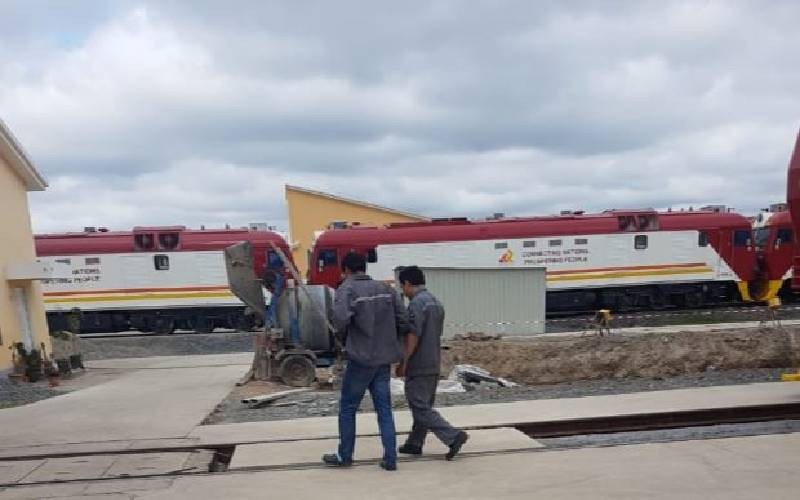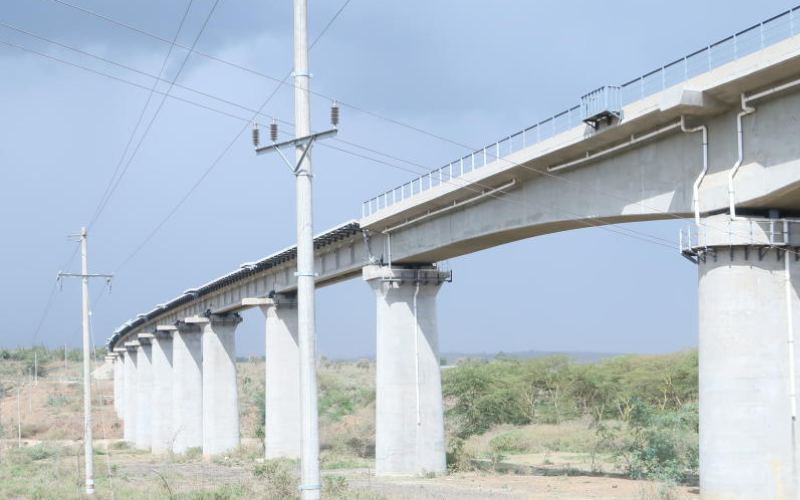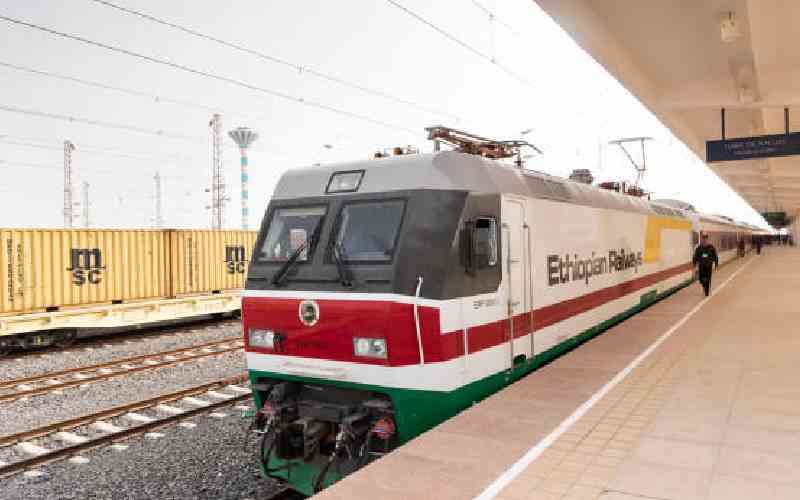In a shocking turn of events in August 2016, the Ministry of Transport revealed that the Kenya Railways Corporation (KRC) would build Phase 2A of the Standard Gauge Railway (SGR) through the Nairobi National Park (NNP).
At a press conference in September 2016, this decision was defended on claims it was inevitable due to economic and logistical considerations. The contradiction could not have been more glaring. In April 2016, the Transport Principal Secretary had announced plans to pass through the park had been dropped.
The law requires that an Environmental and Social Impact Assessment (ESIA) be conducted prior to any major project being undertaken. However, KRC and the Ministry’s casual handling of the process is a clear indication that they consider it a mere ‘rubber-stamping’ exercise.
A court injunction successfully obtained by concerned parties from the National Environment Tribunal put a stop to any activities relating to Phase 2A of the SGR until the case was fully heard and determined. While KRC and its ESIA consultants cancelled many of the public consultations scheduled, they still went ahead with a few public hearings despite the injunction. This raises serious questions about the adequacy of the public consultation process.
Even more problematic was the manner in which the few consultations were held. No prior information was released publicly. During the so-called consultations, there was no opportunity for question-and-answer sessions or a discussion to properly interrogate the plans, suggest alternatives, or generally share views.
The whole exercise was conducted in English and Kiswahili, which made it difficult for the semi-literate community members on whose land the railway will be built, to follow the proceedings. It must be noted that as yet, no minutes of these consultations have been released publicly.
Despite the injunction and without adequate stakeholder consultation, the consultants and KRC went ahead to finalise the ESIA report and publicly release it towards the end of October 2016. The mischief in the process continues as KRC and its consultants called for a public hearing to comment on the ESIA on 8 December 2016. Less than a week’s notice was given, and no proper information on the exact venue of the hearing was provided!
The bulky, 300-page ESIA document is diabolical from a technical standpoint - poorly written, lacking many specific details and biased towards supporting a single preferred alignment. The report does not also adequately identify all the potential ecological impacts of the proposed railway.
Further, using examples of existing railways through national parks in Kenya and overseas as justification to approve the railway through NNP is illogical. The ESIA should explain that in all the examples given, the railway was built prior to the area becoming a national park. In addition, the ESIA makes no mention of consultation with recognised global experts.
In many sections of the document, the data that was presented and then used to make decisions is sparse and unreliable. Indeed, some sections of the ESIA read more like advertising for the project, rather than an unbiased, scientific decision-making tool.
It should therefore worry all Kenyans when the proponent “guarantees” that the adverse environmental impacts identified will be mitigated through the designs included in the ESIA.
As such, the Government should delay making a decision on the route for SGR’s next phase until a comprehensive ESIA is undertaken that includes an alignment that completely avoids NNP. The ESIA should include expert input, adopt globally recognised best practice and reflect global scientific understanding of the impacts of railways on wildlife and their dispersal areas, and the effectiveness of mitigation measures.
In such a critical matter affecting our heritage, no shortcuts should be taken. Good sense ought to prevail and the most suitable route for the railway sought.
 The Standard Group Plc is a
multi-media organization with investments in media platforms spanning newspaper
print operations, television, radio broadcasting, digital and online services. The
Standard Group is recognized as a leading multi-media house in Kenya with a key
influence in matters of national and international interest.
The Standard Group Plc is a
multi-media organization with investments in media platforms spanning newspaper
print operations, television, radio broadcasting, digital and online services. The
Standard Group is recognized as a leading multi-media house in Kenya with a key
influence in matters of national and international interest.
 The Standard Group Plc is a
multi-media organization with investments in media platforms spanning newspaper
print operations, television, radio broadcasting, digital and online services. The
Standard Group is recognized as a leading multi-media house in Kenya with a key
influence in matters of national and international interest.
The Standard Group Plc is a
multi-media organization with investments in media platforms spanning newspaper
print operations, television, radio broadcasting, digital and online services. The
Standard Group is recognized as a leading multi-media house in Kenya with a key
influence in matters of national and international interest.









